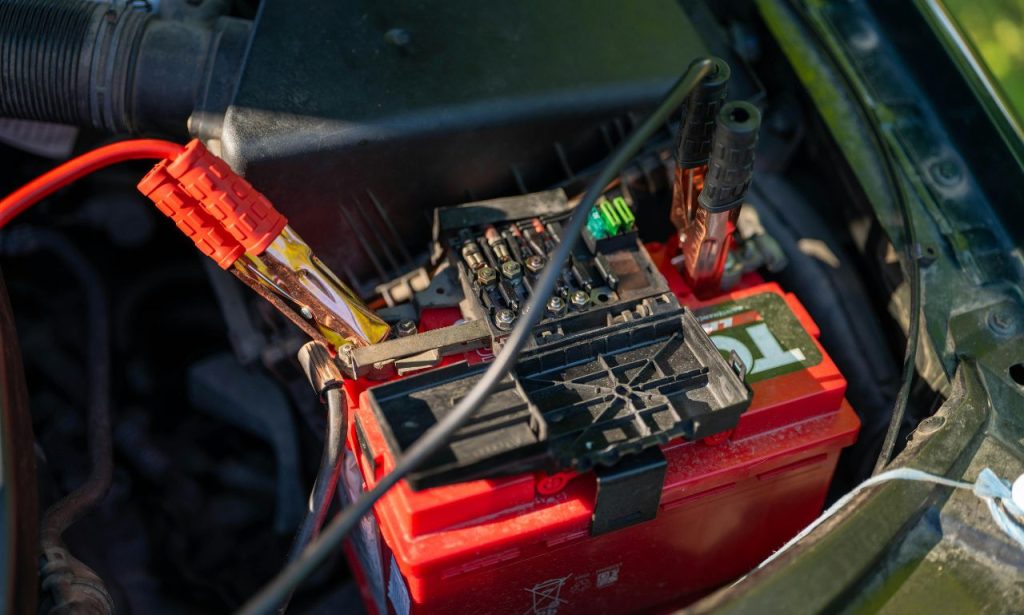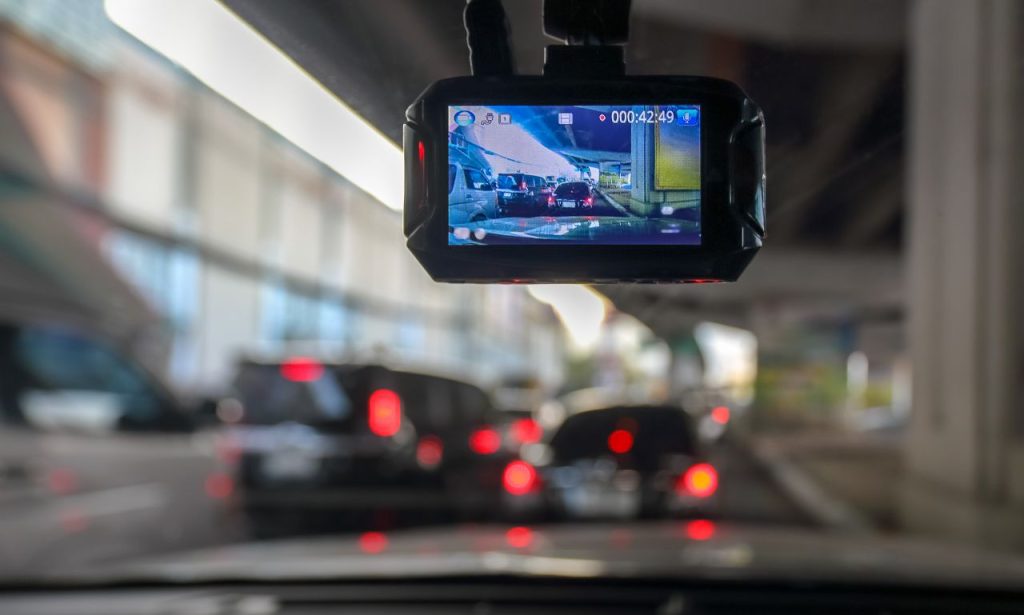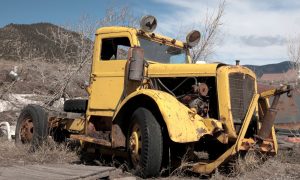Picture this: you’re cruising along the highway, music on, the day going well—and suddenly your tire blows out. Or maybe you’re stranded in a snowstorm. It’s in those unexpected moments that having the right items in your car goes from being “a good idea” to being absolutely critical.
So, what are the essential items to keep in your car? It’s not just about safety. It’s about being prepared, protecting your investment, and ensuring peace of mind. Think of your vehicle as more than transportation—it’s also your temporary shelter, your lifeline, and sometimes, your best shot at getting out of a sticky situation.
Let’s walk through the key categories and make sure your glove box and trunk are stocked wiser than the average driver’s.
Immediate Safety & Emergency Response
The priority is obvious: protecting life and health. When something goes wrong, seconds matter. That’s why a well-stocked first aid kit is non-negotiable. Include basics like bandages, antiseptic wipes, burn cream, and a pair of gloves. If you’ve ever had a child scrape a knee during a roadside stop, you’ll know why this matters.
Alongside medical supplies, keep a high-visibility vest and emergency warning triangles. In 2022, the National Highway Traffic Safety Administration (NHTSA) reported nearly 400 roadside fatalities involving pedestrians. A reflective vest saves your life by making you visible to speeding vehicles.
Fire extinguishers are another overlooked item. Small automotive-rated extinguishers can handle engine flare-ups before they become disasters. It’s not paranoia—it’s preparedness.
Vehicle Repair & Roadside Assistance

No one likes being stranded, but vehicles break down—it’s an inevitable occurrence. A basic toolkit, including pliers, screwdrivers, and a wrench set, can help you handle minor fixes. Pair it with duct tape and zip ties, and you’d be surprised how many “temporary repairs” you can pull off until help arrives.
Tire-related issues are the most common roadside emergencies. A compact air compressor and a tire repair kit can be the difference between a two-hour tow and a 20-minute fix. Add a sturdy jack and lug wrench, and you’re set for most flats.
And yes, jumper cables are a must. Even better, invest in a portable jump starter. Imagine it’s 2 AM in a deserted parking lot—waiting for a stranger to lend you a jump isn’t ideal. With a portable starter, you’re in control.
Personal Comfort, Convenience & Extended Survival
Safety and repairs are essential, but comfort keeps you sane during long waits. Store blankets or thermal space blankets, especially if you live in colder regions. During a brutal Chicago winter, one stranded commuter survived a night thanks to little more than a blanket and granola bars stashed in the trunk.
Pack non-perishable snacks—think protein bars and nuts—and bottled water. Dehydration sneaks up quickly, even in mild weather. Add a spare set of clothes and sturdy shoes; if you need to walk for help, you’ll be glad you have them.
Don’t forget wet wipes and hand sanitizer. They seem trivial until you’re dealing with grease, mud, or worse.
Essential Documentation & Critical Information
Beyond physical gear, paperwork can save headaches during traffic stops or accidents. Always carry your driver’s license, registration, and proof of insurance. Keep them organized in a waterproof pouch.
Additionally, include copies of emergency medical information, such as allergies or prescriptions, and a contact card with the phone numbers of family members, your mechanic, and roadside assistance. Technology is excellent, but if your phone battery dies, paper backups shine.
Vehicle Specifics & Emergency Contacts
Each car has unique quirks, and knowing them matters. Store your vehicle’s manual—it’s more useful than most realize. Many drivers are unaware of how to reset a warning light without professional assistance.
Keep spare fuses, extra fluids (such as oil and coolant), and windshield washer fluid. They may seem small, but a burned-out fuse can turn off critical systems. If you’ve ever driven through slushy highways without washer fluid, you’ll never want to repeat that experience.
Also, maintain a written list of emergency numbers. Don’t just rely on your phone contacts. Batteries die, signals drop, but paper doesn’t fail.
While we all lean on GPS, over-reliance is risky. Carry a paper map of your state or region. If you’ve ever been in a dead-zone canyon in Colorado, you’ll understand.
Roadside assistance memberships, like AAA, can be lifesavers. But only if you keep the details handy. Store the card in your glove box so you’re not fumbling through apps in a panic.
Seasonal & Situational Specifics
Your kit should adapt to the seasons. In winter, add an ice scraper, shovel, and sand or kitty litter for traction. Drivers in Minnesota swear by these—sliding off icy driveways without them can mean hours of frustration.
In summer, focus on sunshades, extra water, and sunscreen. Cars heat up quickly, and overheating isn’t just a risk for engines—it’s a health hazard for passengers too.
Long Road Trips & Extended Journeys
Planning a cross-country road trip? Preparation ramps up. Pack extra food, entertainment options, and chargers. A power bank ensures your phone doesn’t run out of power when you need it most.
Consider a compact camping kit, including a tent, sleeping bag, or at least a tarp. During the 2021 Texas winter storm, some stranded motorists were forced to camp in their cars for days. Preparation isn’t extreme—it’s smart.
Advanced Gadgets & Proactive Measures

Technology has opened new options for drivers. Dash cams provide legal protection during accidents. Insurance disputes often come down to “he said, she said,” but video evidence changes the game.
Smart tire pressure monitors, GPS trackers, and OBD-II scanners enable you to monitor your car’s health proactively. Think of them as “Fitbits” for your vehicle. They alert you before problems escalate, saving thousands in repair costs.
Optimal Organization & Regular Maintenance of Your Kit
Even the best kit fails if it’s messy or outdated. Use storage bins or organizers to keep everything accessible. Rotate snacks and water every six months. Test your gear, such as flashlights and chargers, regularly.
Make it a habit: every time you have an oil change, quickly inspect your car kit. Does it still fit your lifestyle, location, and vehicle condition? If not, update it.
Preparedness isn’t a one-and-done event—it’s an ongoing commitment.
Conclusion
So, what are the essential items to keep in your car? It’s everything that helps you stay safe, mobile, and comfortable when the unexpected happens. From first aid to jump starters, from paper maps to protein bars, these items transform a stressful breakdown into a manageable inconvenience.
Ask yourself this: if you had to spend six hours stuck on the roadside today, would you feel prepared? If the answer is “not really,” now’s the time to build your kit. Don’t wait for the flat tire, the snowstorm, or the empty battery. Get ready today, because the road doesn’t always go as planned.
FAQs
Essential items include first aid supplies, repair tools, jumper cables, food, water, and critical documents.
Check and refresh your kit every six months, or before the start of each new season.
Yes. Small engine fires can spread quickly. Having an extinguisher buys you critical time.
Absolutely. They’re safer, faster, and don’t require relying on strangers for help.
Yes. Add extra food, water, chargers, and even camping basics for extended journeys.




